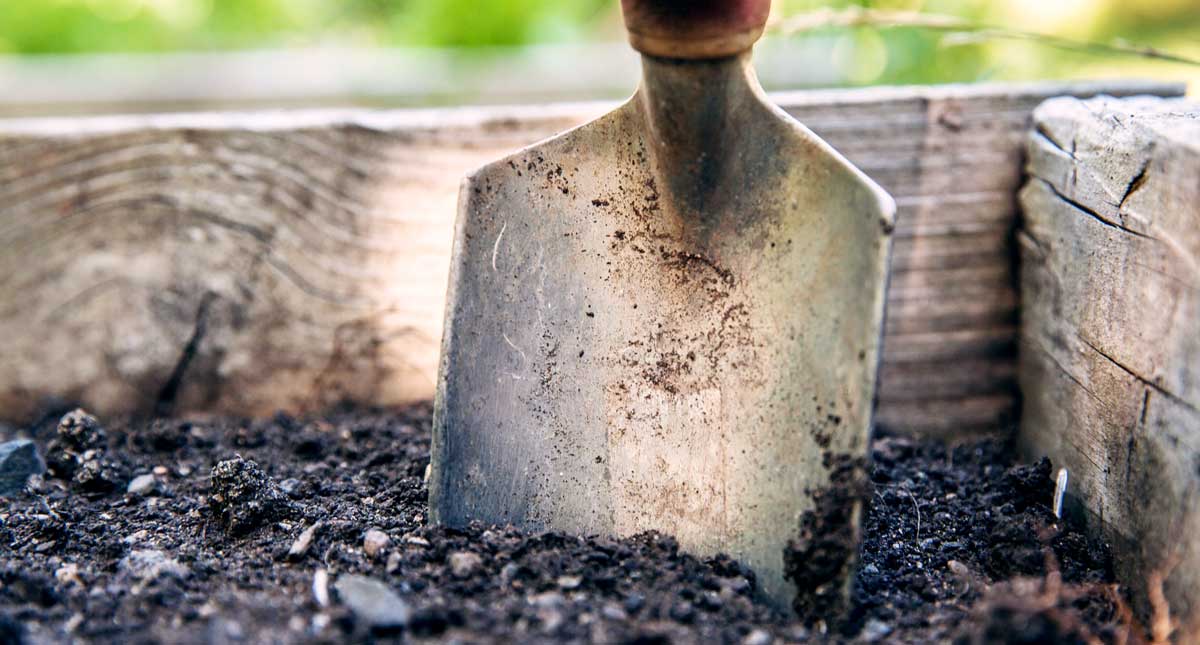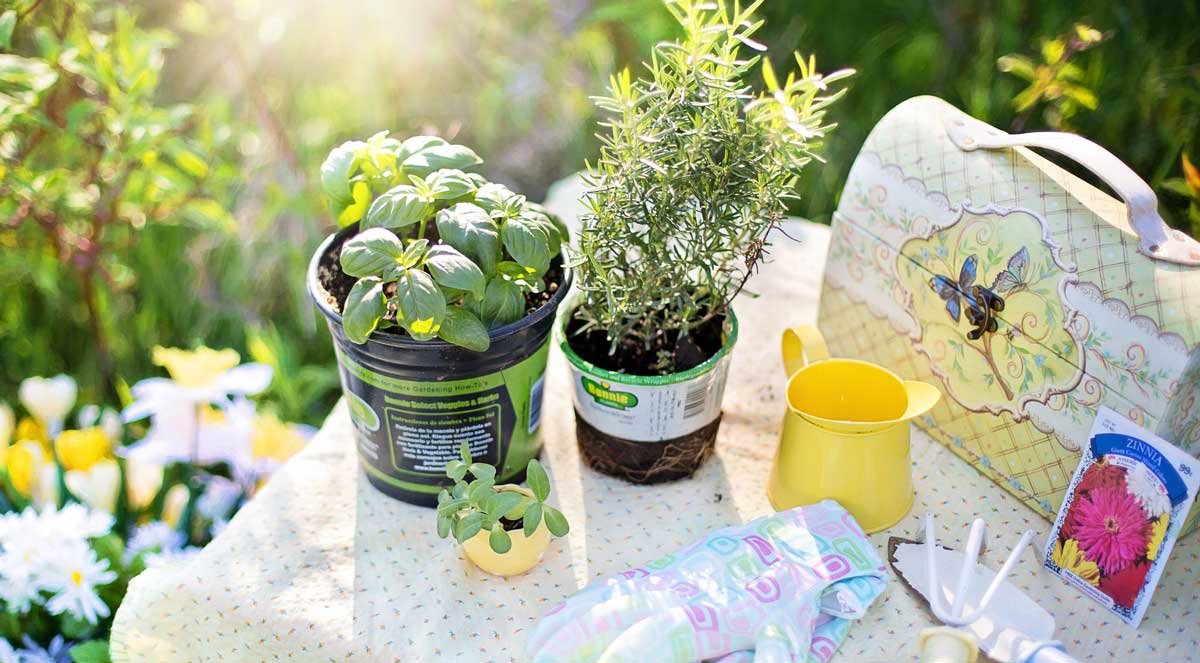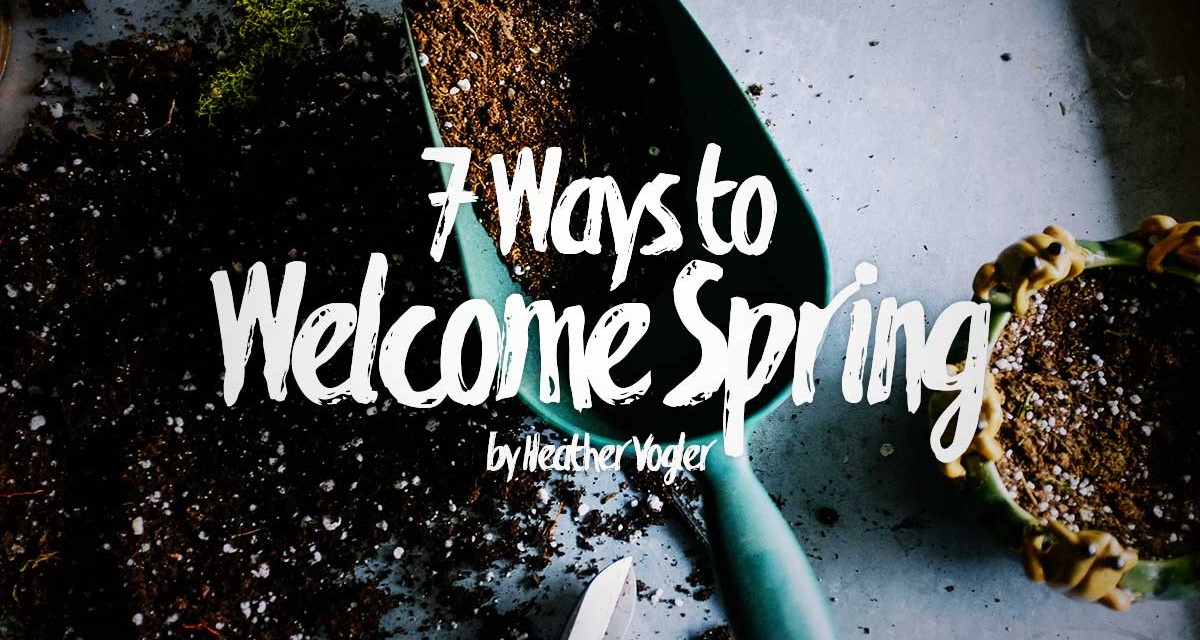Bunnies. Baby chicks. Fresh green grass and budding trees. Spring is a refreshing time. It certainly an exciting season around here for many reasons. This is when we reevaluate our livestock and consider any new purchases. Goats? Chickens? Rabbits? We have to see if this coming year is a practical time for milking goats, or if we want to pass this year. It’s also the time that we figure out our gardening situation.
We have several different types of gardens on our property; herb, the three sisters (corn, squash and climbing beans), tire gardens, raised beds and a hugel bed (naturally self-watering).
Last year, we let our large three sisters garden rest, the first time in seven years. Hopefully the soil will be better for it. This year, we hope to tackle all of these gardens once again. It’s quite the responsibility and takes much planning. We need to decide when to plant what, figure out when the crops will be ready to harvest and be sure we are available for canning when the time comes. Last year, we had an August baby so we planted a lot less than the previous year. I knew it would have been crazy to try and can with a newborn!
Whether you are just getting started in your gardening adventures or you’re a fourth generation farmer, here is a list of Seven Ways to Welcome Spring into your homeschool that will get your kids excited about helping out in the garden!

1 – Seed Starters
Tomatoes, squash and corn are perfect for starting indoors. Plant in toilet paper tubes cut in half or use cardboard egg cartons. Give each child a packet or two of plants of their choice and let them have at it!
2 – Garden Markers
The sky’s the limit here. Simply have them write the names of their plants on popsicle sticks. Have older kids? Have them pound spoons flat and stamp the names of the plants on them. Here is a tutorial!
3 – Planting Zones
We give each of our children a raised bed that they can plant all on their own once they turn five. Before then we just give them a section of our large garden. They enjoy having their own areas that they are responsible for, especially during harvest time. It’s special for them to know when we are eating their green beans or their tomatoes at a meal, it makes them realize that the work they put into their garden helps out the whole family.

4 – Water and Weeding Schedules
This may not sound fun but it certainly is practical. Some kids love having a garden and are itching to work in it any chance they get. Others, such as my five year old really needs that extra push. She loves eating the strawberries but getting there is half the battle. Schedules for watering and weeding help with motivation.
5 – Create a Rain Gauge
Have your children create a visual to see how much water your gardens are actually getting from the rain. A rain gauge is simple, fun and can help your child learn how to graph and collect data over an extended period of time.
6 – Oh, Deer!
After all the effort that you put into your garden, the last thing you want is for animals to break in and destroy your work. Let your children help with preventative measures. Do you cut your children’s hair? Save it and have them spread it around the outskirts of the garden once planted. The scent will keep the deer away! Or, collect up piles of pie tins from the Dollar Tree and have your children strategically place them around the garden. Old CD’s will do the same thing.
7 – Rocks, Rocks and more Rocks
One day I came home from grocery shopping to find my two oldest boys collecting rocks and making a border around a garden next to my back porch. It was awesome. Simple yet pleasing to the eye. We certainly do not have a shortage of rocks where we live and my kids have certainly found plenty of uses for them. In addition to using them for borders they have painted the flat ones and use them to decorate the flower beds for an added pop of color. I also like the homespun factor it brings to the property!





